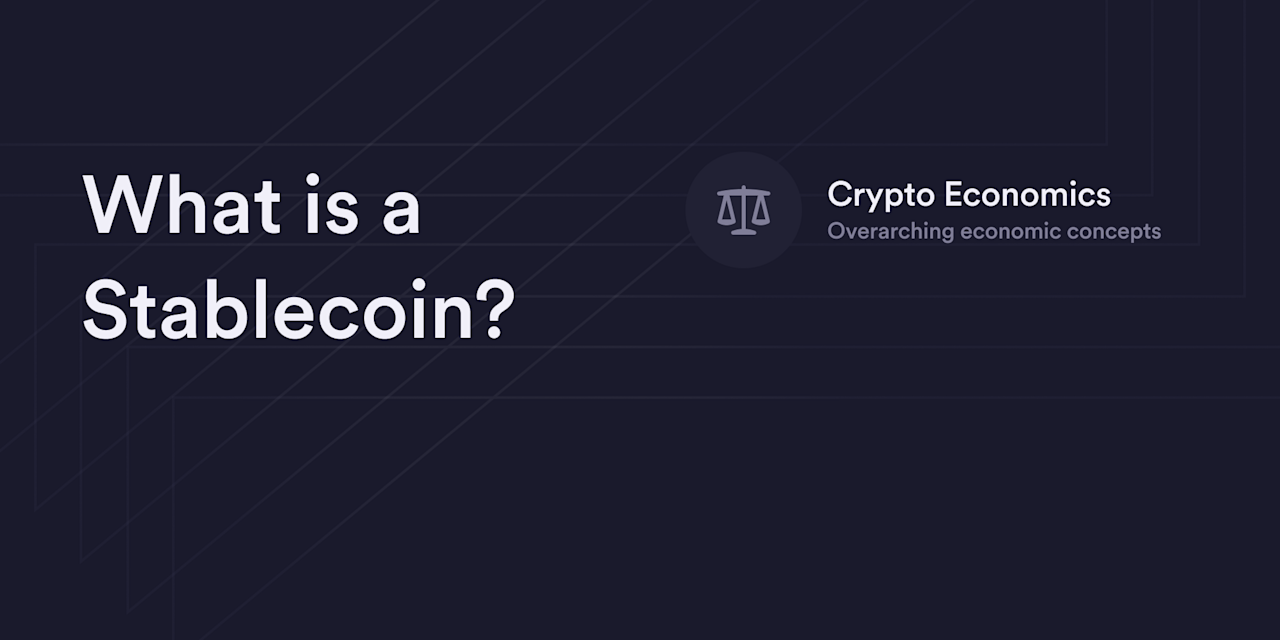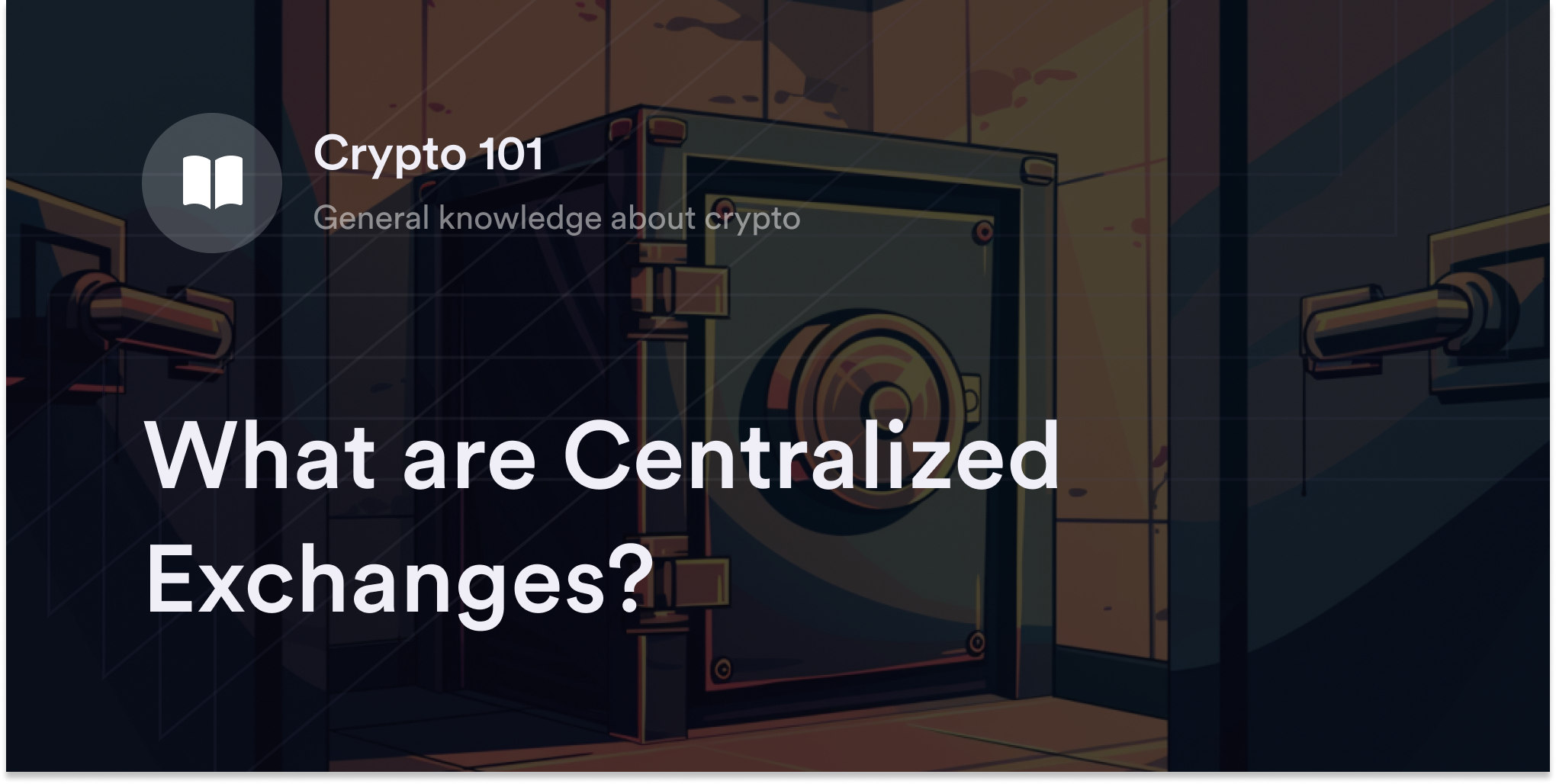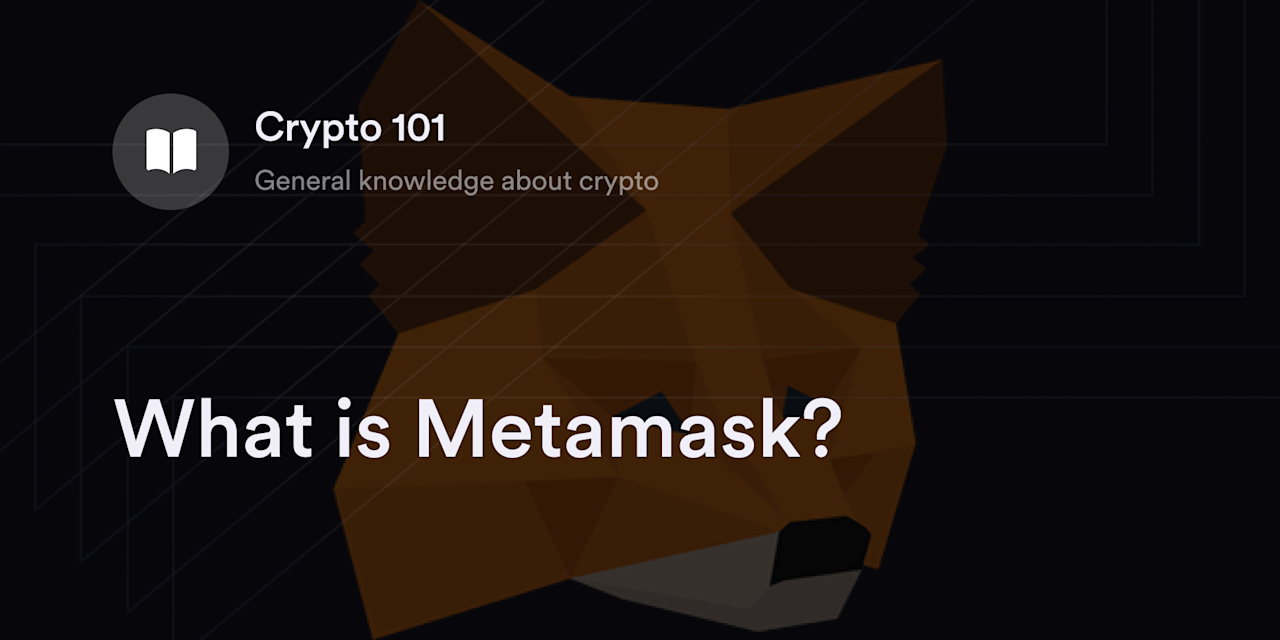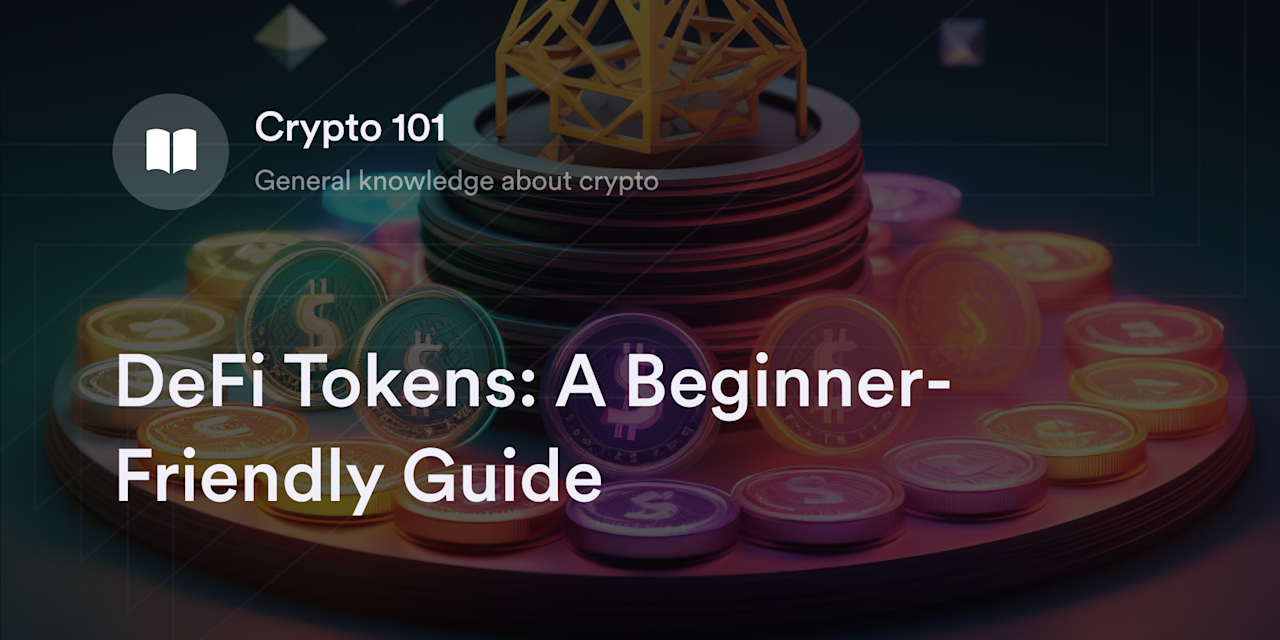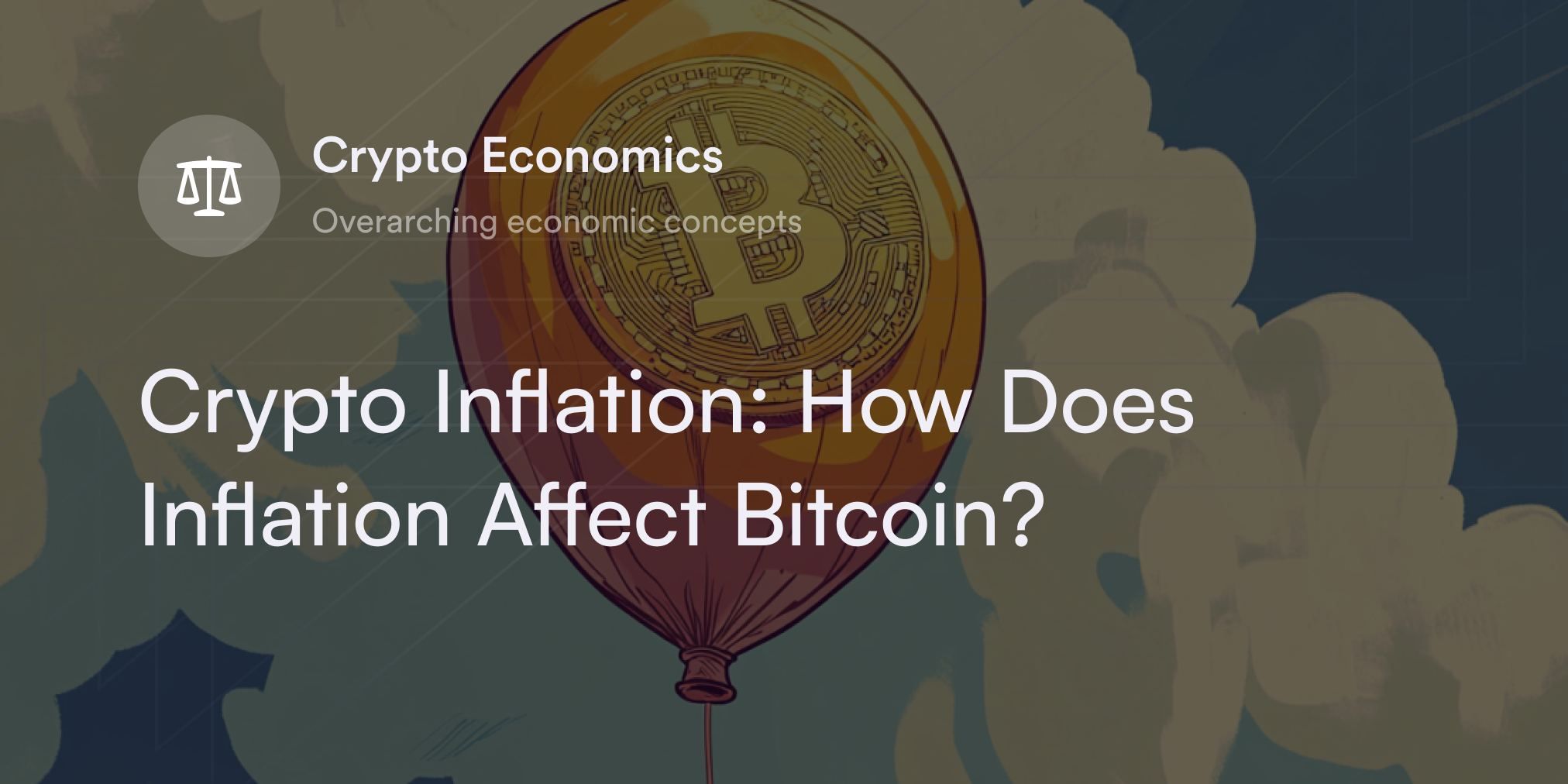
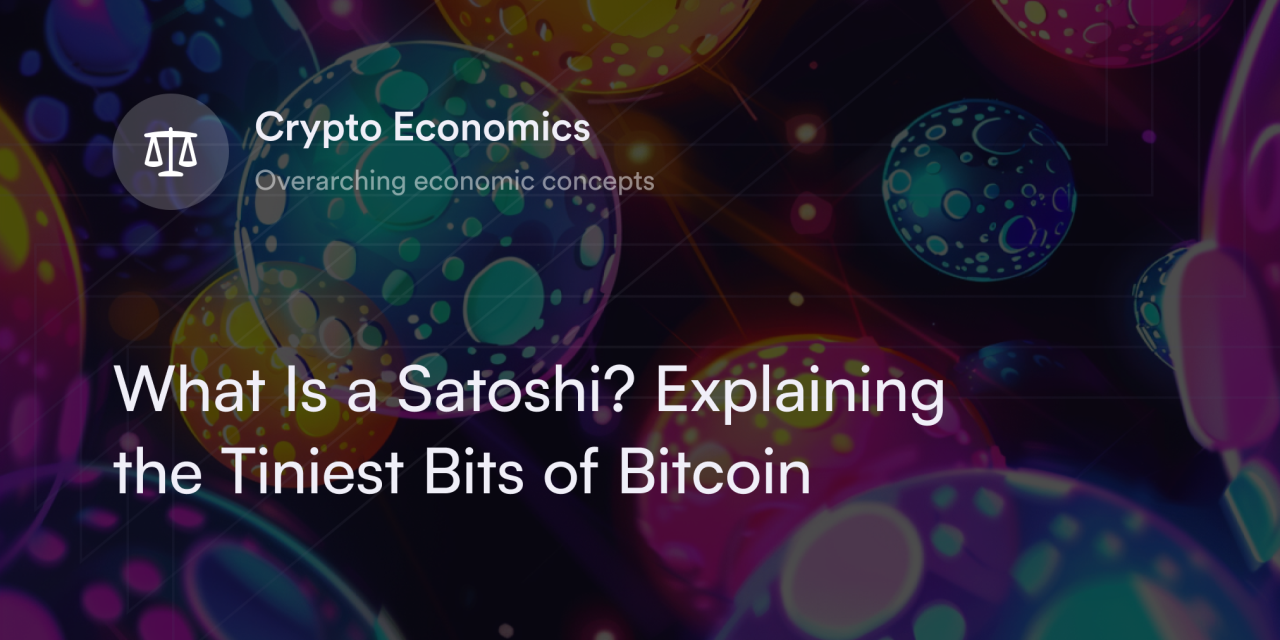

Even people who aren't too familiar with cryptocurrencies have probably heard about Bitcoin (BTC) by now. Recent surveys reveal that almost 90% of people in the U.S. are familiar with the world's first cryptocurrency. In fact, in 2023, crypto analytics firm Glassnode reported that the number of Bitcoin wallet addresses with more than zero BTC hit a record high of more than 47.8 million.
There's no question Bitcoin and crypto’s brand awareness is rising—yet, studies suggest most respondents don't know even the basics of many crypto assets. For example, non-crypto traders aren’t likely to know what a "satoshi" is or how it fits into Bitcoin's mission.
In terms of size and dollar value, satoshis aren't all that significant. However, they play an increasingly prominent role in the Bitcoin Network. In this guide, we’ll examine the ins and outs of satoshis, including how much they’re worth and what they mean for the crypto economy.
What is a Satoshi in Crypto? Explaining Satoshi Versus Bitcoin
The term satoshi (or colloquially “sat”) refers to the smallest Bitcoin denomination: 0.00000001 BTC. Although it may seem like satoshis and Bitcoin are separate cryptocurrencies, they're the same digital asset—the only distinction is a satoshi is the tiniest amount of Bitcoin available on its decentralized payment ledger (aka blockchain).
Similar to one penny for the U.S. dollar, there's no way to divide a Bitcoin smaller than one satoshi. The name satoshi was chosen by early crypto adopters in honor of the pseudonymous cryptographer who launched Bitcoin in 2009, Satoshi Nakamoto.
How Many Satoshis are in a Bitcoin?
Unlike the more standard 100 cents per U.S. dollar, there are 100 million satoshis per BTC. Bitcoin's max supply is 21 million coins, meaning there’s a limit of 2.1 quadrillion satoshis that will ever be in existence.
How Much is a Satoshi Worth?
The value of satoshis fluctuates depending on Bitcoin's market price, but so far they've always stayed below $0.01. In fact, one satoshi won't equal $0.01 unless the price per Bitcoin rises to $1 million.
Remember, there are 100 million satoshis in one Bitcoin, so $1 million divided by 100 million equals $0.01.
$1,000,000/100,000,000 = $0.01
This same formula can be used anytime you want to figure out the current value of a satoshi. For example, if Bitcoin trades for $40,000 per coin, divide $40,000 by 100 million to see the price per satoshi ($40,000 ÷ 100 million = $0.0004). You could also refer to free online satoshi converter calculators on websites like 99Bitcoins, Coinbase, and Kraken, which make it simple to calculate the real-time value of satoshis.
What are Satoshis Used for on the Bitcoin Blockchain?
Every currency needs the smallest divisible unit, but why are satoshis so much smaller than those of fiat currencies?
There's a lot of speculation over why Satoshi Nakamoto chose 0.00000001 BTC as the lowest denomination for Bitcoin, but one thing’s for sure: This small unit makes microtransactions possible as the Bitcoin Network scales. Even if Bitcoin becomes a multitrillion-dollar asset, the value of a satoshi is so low that it's improbable it will ever be worth more than a few cents. Bitcoin must hit $1 million per coin before one satoshi equals $0.01. So as Bitcoin’s adoption grows, satoshis remain a viable payment method for day-to-day transactions and micropayments.
Besides sending and spending satoshis for small transactions, more crypto enthusiasts are using satoshis to create (or mint) non-fungible tokens (NFTs) called ordinals. Think of NFTs as digital collectibles with distinct blockchain addresses and metadata on their crypto network. Although NFTs originated on the Ethereum (ETH) blockchain, developers introduced the Ordinals Protocol on Bitcoin in 2023, making it possible to add unique digital media like photos, music, or art to each of the 2.1 quadrillion satoshis. These satoshis have the same market price relative to BTC, but the extra metadata gives them a difficult-to-value artistic merit on NFT markets (like how a dollar’s value changes if a celebrity writes on it). The ordinals market is still new, but NFT marketplaces like Magic Eden integrate with the Bitcoin blockchain to offer enthusiasts ways to swap their satoshi NFTs.
How to Use Satoshis
There's no difference between using satoshis and Bitcoins since satoshis are smaller denominations of BTC. Here’s how to send satoshis on the Bitcoin blockchain:
First, you need a BTC-compatible crypto wallet like Exodus, Trezor, or Trust Wallet to store your crypto or an exchange account with Bitcoin trading services.
To transfer satoshis to another person's wallet, ask for the public key address from the recipient's Bitcoin wallet either via QR code or a clipboard copy. For context, the public key works similarly to an email address for cryptocurrencies, so you don't have to fear giving away your private passcode—or private key—to access Bitcoin when sharing public keys.
After you know the BTC public key, select Withdraw on your crypto wallet's Bitcoin address, paste or scan the public key, and enter how many satoshis you want to send.
Alternatively, if you want to receive satoshis, you need to access your Bitcoin wallet's public key by clicking Deposit and sending this info to whoever transfers it to your account.
There are also a few Bitcoin wallets with special satoshi-specific features. For example, BTC wallets like Wallet of Satoshi, Muun Wallet, or Breez integrate with a payment portal built on top of the Bitcoin blockchain called the Lightning Network (or LN). Lightning Labs developed the LN to reduce BTC's average network fees and speed up transfers for convenient day-to-day transactions.
Although the LN is still evolving, it's one of the most popular applications on the Bitcoin blockchain and offers a practical way to send satoshis for small purchases with minimal fees. As long as a crypto wallet links with the LN, you can use public keys to transfer satoshis across the network, similar to using a non-LN Bitcoin wallet. The only difference with an LN wallet is once a linked account closes a payment channel, the final balance of satoshis transfers from the LN to the official Bitcoin blockchain.
Lastly, if you’re interested in using satoshis to mint or trade Ordinal NFTs, double-check that your wallet plugs into Bitcoin's Ordinals Protocol. Since Ordinals are so new, not every Bitcoin-compatible wallet lets users see whether their satoshis have special metadata like digital art or audio files. A few popular Ordinals-friendly wallets include the Ordinals Wallet, Xverse Wallet, and Hiro Wallet.
What Does Stacking Sats Mean in Crypto?
Stacking sats is a popular phrase crypto traders often run across on social media feeds or online forums. When someone says they're stacking sats, they mean they're buying more Bitcoin, typically for their long-term HODL portfolio.
The phrase stacking is a deliberate riff on precious metals collectors who consistently stack ounces of gold or silver as a long-term investment. Since Bitcoin is sometimes called the digital equivalent of gold, people bullish on the future of crypto often see stacking satoshi coins as a conservative strategy for building their long-term digital assets portfolio.
Eligible Traders can Stack or Short Synthetic Bitcoin with dYdX Perpetuals
Remember, the future often lies in the details, sometimes as minute as a single satoshi.
If you’re an eligible trader interested in Bitcoin derivatives, dYdX offers eligible traders deep liquidity for long and short BTC perpetual contracts on our low-fee decentralized exchange (DEX). With advanced slippage tolerance controls and multiple order types, eligible traders can enjoy the max control over their Bitcoin perpetuals trading strategy. Discover all the latest features and news about dYdX and our product on our official blog. Also, swing by our dYdX Academy to know more about the world of crypto. Our resource library has a wealth of beginner-friendly guides to get you up-to-speed on Web3.
Eligible traders can head to dYdX, and start trading on our DEX today.
Disclaimer
The content of this article (the “Article”) is provided for general informational purposes only. Reference to any specific strategy, technique, product, service, or entity does not constitute an endorsement or recommendation by dYdX Trading Inc., or any affiliate, agent, or representative thereof (“dYdX”). Use of strategies, techniques, products or services referenced in this Article may involve material risks, including the risk of financial losses arising from the volatility, operational loss, or nonconsensual liquidation of digital assets. The content of this Article does not constitute, and should not be considered, construed, or relied upon as, financial advice, legal advice, tax advice, investment advice, or advice of any other nature; and the content of this Article is not an offer, solicitation or call to action to make any investment, or purchase any crypto asset, of any kind. dYdX makes no representation, assurance or guarantee as to the accuracy, completeness, timeliness, suitability, or validity of any information in this Article or any third-party website that may be linked to it. You are solely responsible for conducting independent research, performing due diligence, and/or seeking advice from a professional advisor prior to taking any financial, tax, legal, or investment action.
You may only use the dYdX Services in compliance with the dYdX Terms of Use available here, including the geographic restrictions therein.
Any applicable sponsorship in connection with this Article will be disclosed, and any reference to a sponsor in this Article is for disclosure purposes, or informational in nature, and in any event is not a call to action to make an investment, acquire a service or product, or purchase crypto assets. This Article does not offer the purchase or sale of any financial instruments or related services.
By accessing this Article and taking any action in connection with the information contained in this Article, you agree that dYdX is not responsible, directly or indirectly, for any errors, omissions, or delays related to this Article, or any damage, injury, or loss incurred in connection with use of or reliance on the content of this Article, including any specific strategy, technique, product, service, or entity that may be referenced in the Article.
